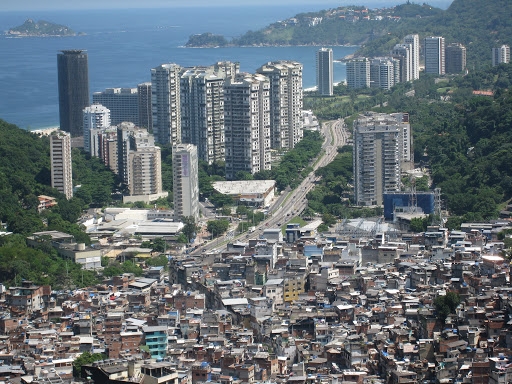Het arrangement From hamlets to megacities is gemaakt met Wikiwijs van Kennisnet. Wikiwijs is hét onderwijsplatform waar je leermiddelen zoekt, maakt en deelt.
- Auteur
- Laatst gewijzigd
- 25-06-2020 11:32:52
- Licentie
-
Dit lesmateriaal is gepubliceerd onder de Creative Commons Naamsvermelding 4.0 Internationale licentie. Dit houdt in dat je onder de voorwaarde van naamsvermelding vrij bent om:
- het werk te delen - te kopiëren, te verspreiden en door te geven via elk medium of bestandsformaat
- het werk te bewerken - te remixen, te veranderen en afgeleide werken te maken
- voor alle doeleinden, inclusief commerciële doeleinden.
Meer informatie over de CC Naamsvermelding 4.0 Internationale licentie.
Aanvullende informatie over dit lesmateriaal
Van dit lesmateriaal is de volgende aanvullende informatie beschikbaar:
- Toelichting
- Bricks Geography Chapter 6, sections 1-3
- Eindgebruiker
- leerling/student
- Moeilijkheidsgraad
- gemiddeld
Bronnen
| Bron | Type |
|---|---|
|
How cities were formed https://www.youtube.com/watch?v=8uD5ij6yboI |
Link |
|
Urbanisation https://www.youtube.com/watch?v=RcXWLW_OKBM |
Link |
|
edpuzzle: Vorming van steden https://edpuzzle.com/media/5ed8b3ea7fd1943f97555d79 |
Link |
|
Practice Test https://forms.gle/dhJsJJYeR6nJKGKi8 |
Link |


